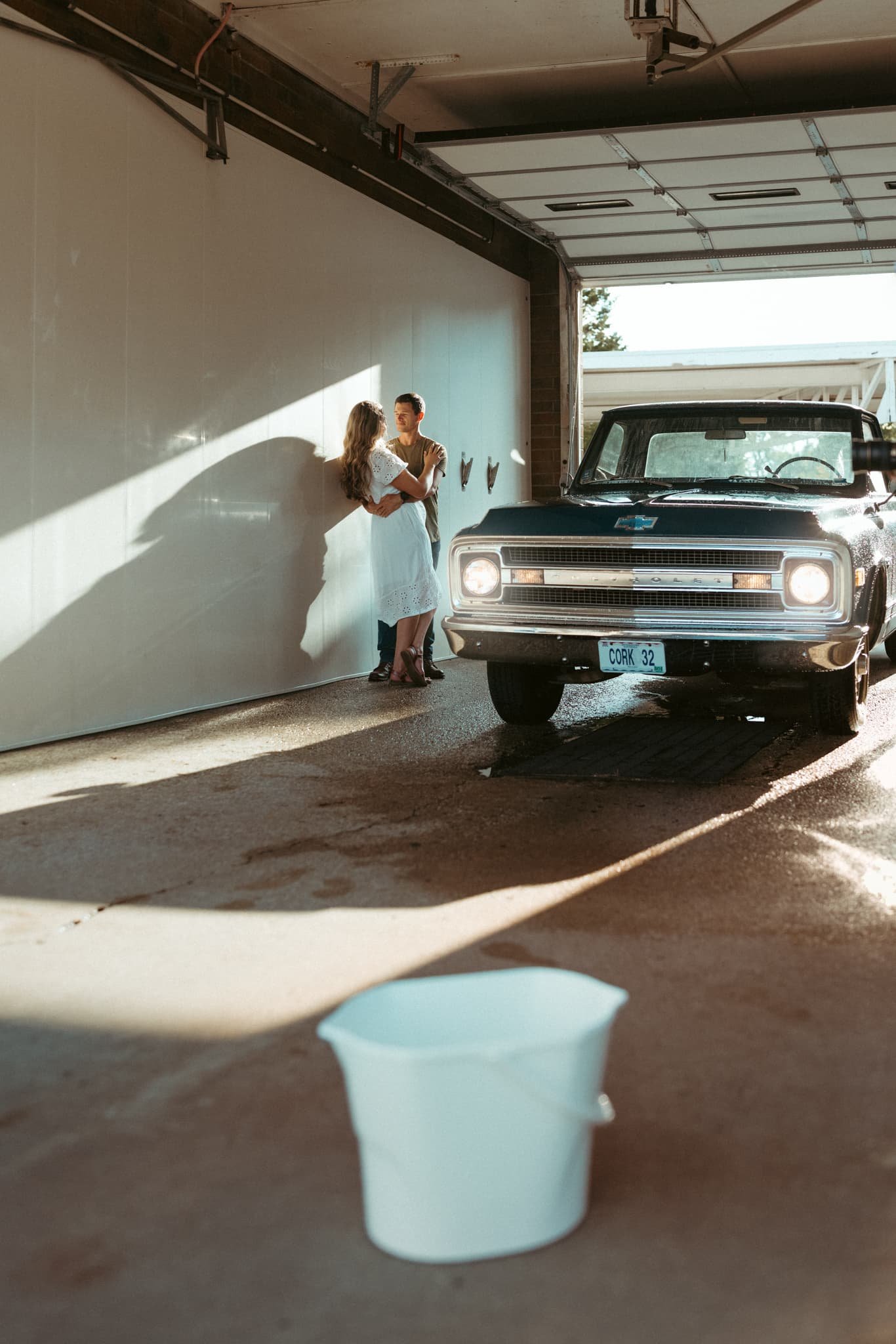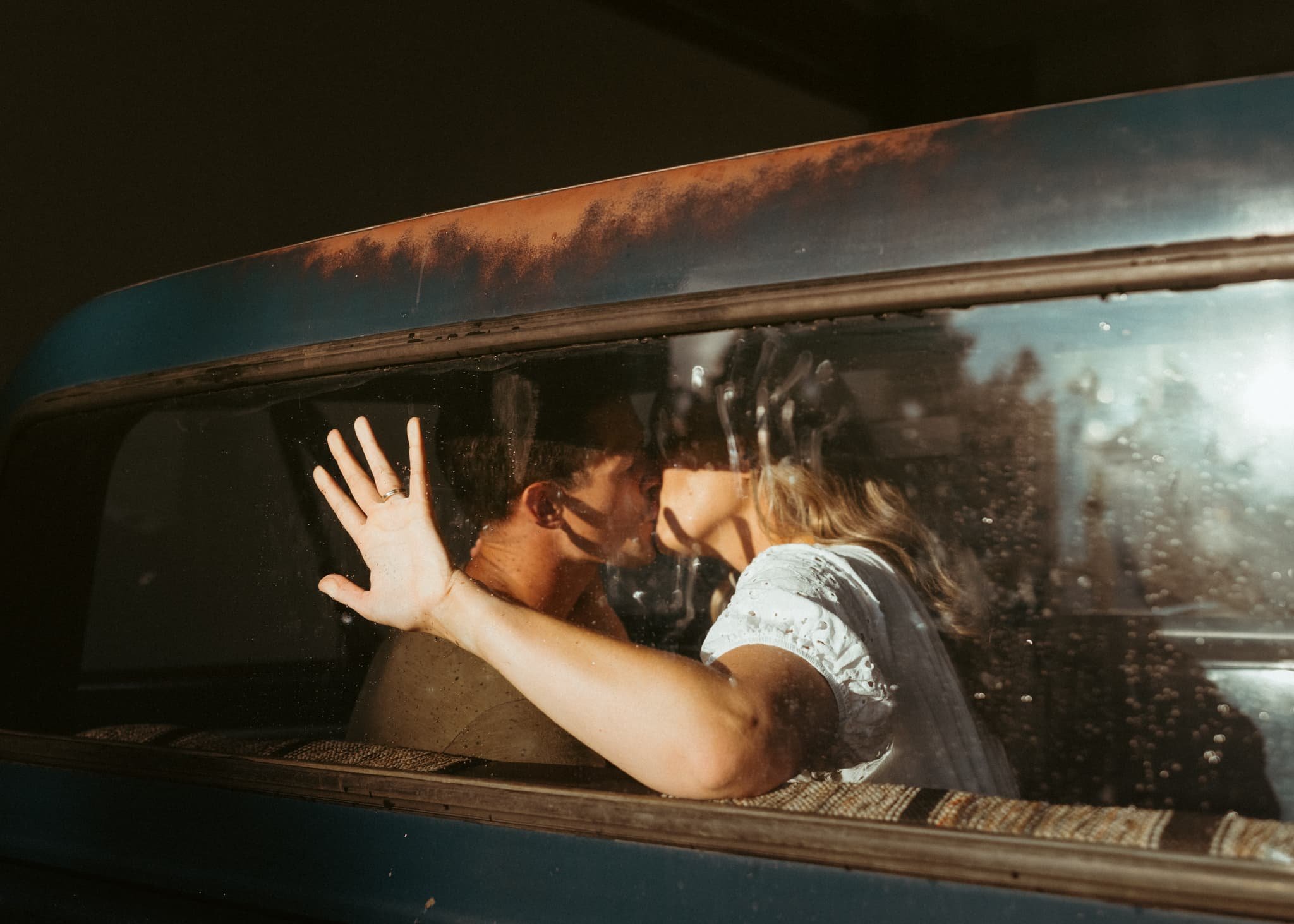The Art of Visual Storytelling Through Photography
I took these storytelling images during a styled shoot called the Summer Play Date Series, which was hosted by @stagandbirdphoto
For Effective Visual Storytelling, Consider Your Light, Color, Composition, and Editing Choices
Storytelling is at the heart of human experience. Through stories, we understand ourselves and others, learn valuable lessons, feel empathy, and connect more deeply. Like traditional storytelling, photography can convey complex emotions, ideas, and narratives and teach viewers valuable information.
Some pictures are pretty, but others resonate because they tell a story. I aim to create images that capture beauty while inviting viewers into visual narratives.
The Power of Story in Photography
Stories weave throughout the fabric of our lives. Their threads allow us to use our imaginations, understand different perspectives, and make sense of our experiences. When we see an image that tells a story, we are not just seeing a moment frozen in time—we are being invited to feel, imagine, and fill in the blanks with our interpretations. Visual storytelling in photography places the viewer in the moment, immersing them in the environment and circumstance so they feel like they are part of the story.
Storytelling Is Personal
Each photographer has a unique voice shaped by their experiences, emotions, and worldview. This personal voice is what makes visual storytelling so powerful—it's not just about the subject in the frame but the photographer's intention and connection to that moment—it's the lighting choice, the editing decisions, and the composition.
"Storytelling in photography is a vocabulary that is uniquely yours to speak," writes Alan Ranger of Alan Ranger Photography.
Understanding the reason behind the photograph is vital to creating images that resonate on a deeper level. It's about thinking beyond the surface, considering the emotions, the compelling narrative, and the message you want to convey.
The Elements of Visual Storytelling
Creating photographic images that tell a story requires more than just pointing a lens at a scene and pressing the shutter. It involves deliberate choices in composition, framing, use of light, color, and editing. These elements work together to enhance the narrative and evoke the intended emotions.
Composition and Framing
Composition and framing are fundamental in visual storytelling. How you frame your subject can change the entire narrative of a single image.
For instance, a wide shot with the surrounding environment can provide context, showing the viewer where the story takes place. On the other hand, a close-up shot focuses on details and evoke emotions, drawing the viewer into the subject's inner world.
An effective composition carries the viewer's interest from one part of the image to another – frequently without their knowledge. Placing your subject on the grid immediately draws the viewer's eye into the photograph and adds visual interest. If used properly, your off-center subject can create a blank space that can be a great storytelling element.
Consider the rule of thirds, leading lines, and symmetry when composing your shots. These techniques guide the viewer's eye to the story's most essential elements. Negative space can also be powerful, allowing the viewer's imagination to fill in the gaps and adding a sense of mystery or anticipation.
The Role of Light in Storytelling
At the most basic level, photography is the manipulation of light, so it should come as no surprise that guiding its direction and intensity can set the mood, create depth, and highlight important details of the story you want to tell.
Suppose you're shooting documentary work or at a location using only natural light. In that case, you're usually stuck with the available light at the scene, and that part of your story has already been decided. But if you can shape the light—by using strobes, diffusers, or other tools, tips, and tricks, you can decide how you want the light to look in your final image.
The quality of light—whether soft and diffused or harsh and direct—can significantly influence the emotional tone of the image.
For example, golden hour light can evoke nostalgia, romance, or tranquility with its warm, soft glow. In contrast, the dramatic shadows of low-key lighting can create a sense of mystery, tension, or introspection. Experiment with different lighting conditions to see how they change your image's story.
Let's take a bit of a deeper dive into light manipulation in the context of exposure ratios, light quality, and the direction of light:
Exposure Ratio
The exposure ratio is the relationship between your subject's highlight and shadow areas. When telling a dramatic visual story, you should use a higher exposure ratio, as this helps visually communicate the broader emotional range of your subject(s). "Exposure ratio sets the mood," writes JP Stones in his piece Emotional Photography: Lighting Can Create Emotion.
Light Quality
Think of the quality of light as a scale that goes from soft to hard light. Soft light conveys more warmth and is associated with positive emotions, while hard light is more edgy and intense, with defined lines of highlights and shadows.
"These harsher boundaries are quite aggressive statements and might imply a hard side to a character or an uncomfortable situation," Stone writes.
Light Direction
Most of us have been at a slumber party or campout when our friend starts to tell a ghost story, and they move their flashlight under their face, right?
This is a perfect example of how the direction of light can affect emotion. We're not used to seeing subjects lit from the bottom, so it gives us a "creep" factor and adds to the spookiness of the story.
So, consider how you position your lights around your subject. This will affect how the viewer interprets your photo emotionally.
Color as a Narrative Tool
Colors are not just visual elements; they are powerful storytelling tools. They can convey emotions, highlight certain aspects of the image, and guide the viewer's interpretation of the story. Warm colors like reds, oranges, and yellows can evoke warmth, passion, or excitement, while cool colors like blues and greens can create a sense of calm, sadness, or contemplation.
In family photography, many photographers consider color in terms of the visual cohesiveness of the group, how the color scheme works with the setting, and the photographer's editing style.
You should think beyond that to effectively use color as part of your storytelling.
Let's take a moment and move to another form of visual storytelling: filmography. In movies, color is one of the main ways creators differentiate stories, set the mood, and direct the audience's attention. They'll play with color values, saturation, and hue to depict character relationships and transformations.
"Movies and series use color to represent inner and outer conflicts," writes Tina Lee in her piece, Using Color in Visual Storytelling. "In filmmaking, color is utilized to convey important or complex messages at a subconscious level. It offers a layer of meaning to every scene and adds depth and dimension to a character."
But keep this in mind: Just because you can add colors to your photograph doesn't mean you should. Knowing how to control color and its effects is a key element to visual storytelling.
Think about the story you want to tell? Are there colors that stand out or dominate the scene, and how do they affect the mood? Do they enhance the photo or detract from it.
Using color intentionally can add another layer of meaning to your images, making them more compelling and evocative.
Editing as a Storytelling Process
Editing is where you refine and enhance the narrative of your photos. It's not just about making the image look good; it's about reinforcing the story you want to tell. Through careful adjustments to exposure, contrast, color balance, and sharpness, you can emphasize certain elements and downplay others, guiding the viewer's eye and emotions.
For instance, increasing the contrast and saturation can make the image more vibrant and energetic, while a desaturated, high-contrast look might evoke a sense of melancholy or nostalgia. Cropping can also be a powerful tool, allowing you to remove distractions and focus the viewer's attention on the most critical parts of the story.
Creating Connection Through Storytelling
Storytelling in photography requires a deep connection to your subject, environment, and intention. It's about more than just capturing a beautiful image—it's about capturing the essence of the moment, the emotion, and the narrative that will resonate with viewers.
Before you press the shutter, ask yourself: What story am I trying to tell? What emotions do I want to evoke? How can I use composition, light, color, and editing to enhance this story? By thinking deeply about the intention behind your photograph, you can create images that are not only visually stunning but also rich in meaning and narrative.
The Impact of Visual Storytelling
The power of visual storytelling lies in its ability to transcend language and cultural barriers. A well-told story in a photograph can be understood and felt by people from different backgrounds and experiences. It can spark a conversation, evoke empathy, and create a lasting impact.
As photographers, we have the unique ability to capture and share stories that might otherwise go untold. Whether it's a candid moment of joy, a quiet moment of reflection, or a scene filled with tension and drama, each photograph has the potential to connect with viewers on a deep, emotional level.
Final Thoughts
We are our stories. They define us, shape our perspectives, and connect us. In photography, storytelling is more than just a technique—it's a way of seeing the world, capturing moments that matter, and sharing our unique voices with others.
By mastering the elements of visual storytelling—composition, framing, light, color, and editing—you can create images that are not only captivating visuals but also deeply meaningful. You invite viewers to step into the narrative, feel the emotions, and connect with the story you are telling. In doing so, you create a powerful and lasting impact that goes beyond the image itself.












